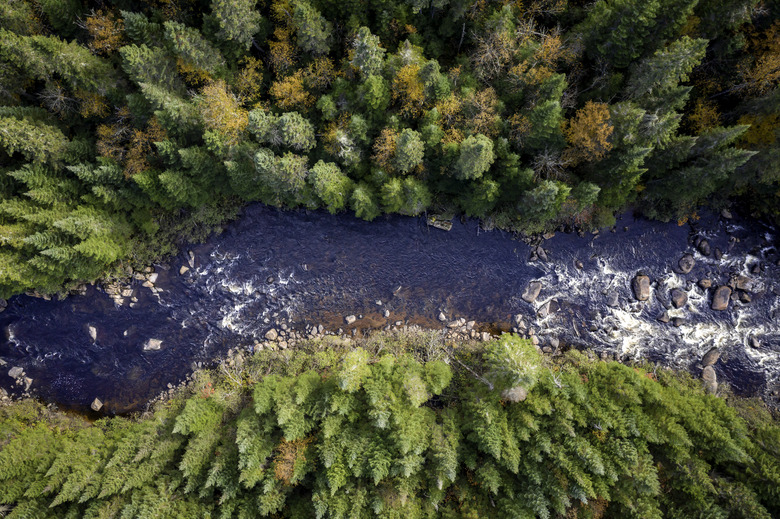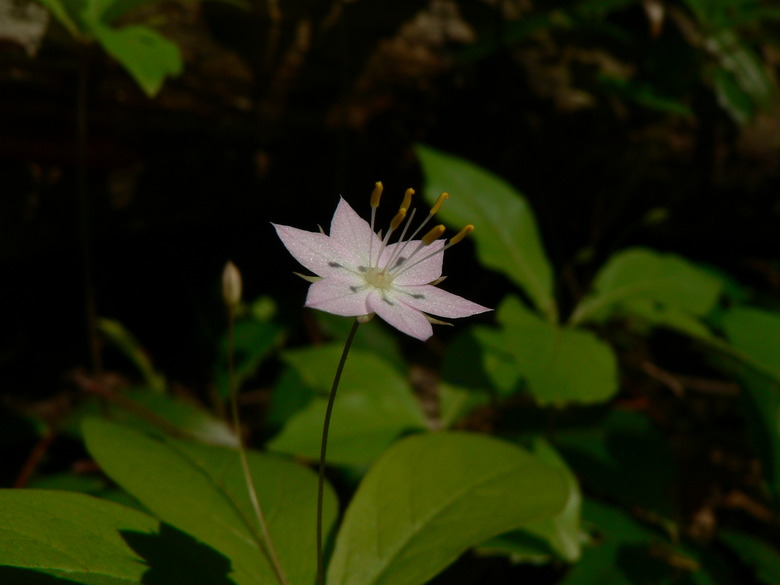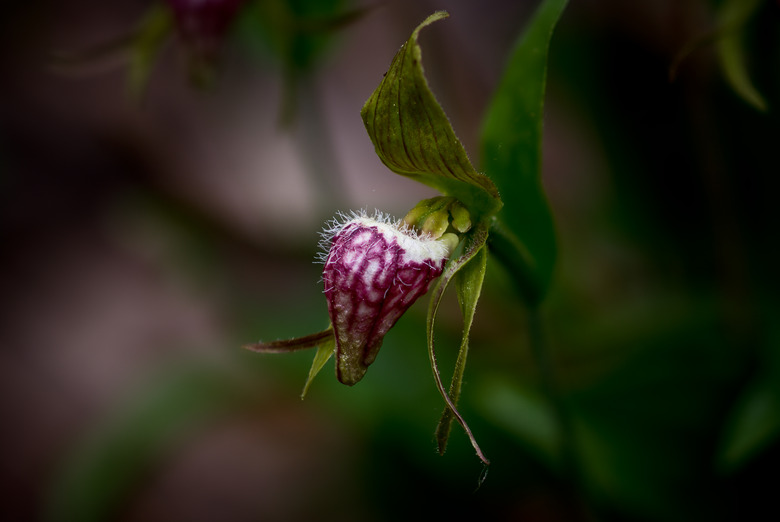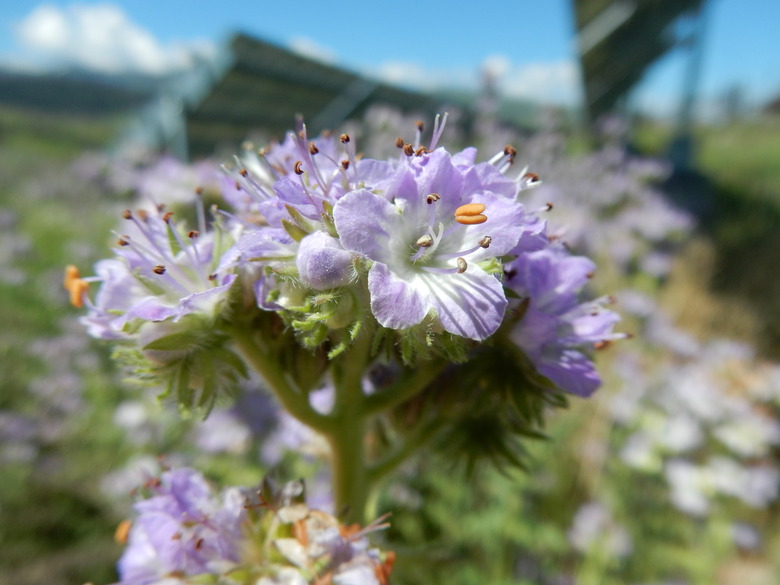A Guide To Plants Found In The Taiga Biome
Plants in the taiga biome are largely coniferous trees, but shrubs, mosses, lichen and grasses are also found. Rare plants include flowers and sedges.
Coniferous trees are the most common plants in the subarctic taiga biome, but rare flowers, berries and sedges inhabit the evergreen canopy protecting the forest understory.
What Is the Taiga Biome?
The taiga biome, commonly called the boreal forest, covers the expanse of land between the arctic tundra and cold-temperate forests in the northern hemisphere. It also occurs sometimes in high mountain areas such as the Alps, the Appalachians or the southern Rockies.
Taiga is the Russian word for marshy pine forest, while boreal has its origins in the word for the Greek god of the north wind. The taiga biome is cold, has little precipitation and has a short growing season. The forest is the world's largest land biome, spanning eight countries including the United States, Russia and China, and including 30% of the world's forest.
By definition, the taiga biome includes forests at high-latitude with freezing temperatures for six to eight months of the year. Trees must reach at least 5 meters (about 16 feet) and provide a canopy cover of 10% for the land. Permafrost, a layer under the topsoil that is always at or below freezing, covers about a third of the biome, limiting which plants thrive in the region.
The taiga is the world's largest land biome, spanning eight countries including the United States, Russia and China, and including 30% of the world's forest.
Plants in the Taiga
Despite the tree canopy that limits the amount of sunlight that reaches the ground and the permafrost that inhibits root growth, the boreal forest is diverse.\
Shrubs and Flowers
Shrubs like thimbleberry (Rubus parviflorus) and bunchberry (Cornus canadensis) provide food for birds.
Forbs, which are herbaceous flowing plants, like starflower (Trientalis borealis) and large-leaved asters (Eurybia macrophylla) add color to the landscape, while grass-like plants such as blue wild-rye (Elymus glaucus) and false melic (Schizachne purpurascens) are beneficial to insects.
Wood ferns (Dryopteris spp.), lichens (Usnea spp.) and shaggy moss (Rhytidiadelphus triquetrus) are common in the taiga.
Trees in the Taiga
Trees in the taiga are mostly coniferous, meaning they have needles, and the seeds are protected by cones. Needles are protected by sap, which helps prevent freezing.
The trees in the taiga biome have adapted to resist fire with thick bark, cones or soil that protect seeds, and the ability to sprout new trees from stumps. Pine (Pinus spp.), fir (Abies spp.) and spruce (Picea spp.) are most common.
Rare Taiga Biome Flowers
Michigan State University's Natural Features Inventory lists a number of taiga biome plants that are considered rare in the biome, though they may appear more commonly in areas outside the frigid region. Here are some examples:
The ram's head lady's slipper (Cypripedium arietinum), a member of the orchid family, has one flower per stem.
Fairy slipper flower (Calypso bulbosa), another orchid, has a pouch called a labellum, suspended from a stem. Pink, magenta or white petals and sepals spread outward above it. The labellum can be plain or spotted with contrasting colors.
The dwarf lake irises (Iris lacustris) resemble their larger cousins but in miniature. The plants grow to about 3 inches in height and have vivid flowers in shades of blue.
Clusters of tiny yellowish flowers appear at the end of the drooping stems of the small-flowered woodrush (Luzula parviflora).
Arching clusters of deep to light violet flowers bloom on the short stems of Franklin's phacelia (Phacelia franklinii). The bell-shaped flowers are about 3/8 of an inch across.
Other Notable Rare Taiga Plants
- Beauty sedge or beautiful sedge (Carex concinna) is a low, grass-like plant with tiny flowers. Sedges can be
distinguished from grasses by their triangular stems.
- The squashberry (Viburnum edule), also called highbush or lowbush cranberry
or mooseberry, is a shrub that grows up to 12 feet tall. After blooming from May to August, orange or red edible fruit form. The fruit's flavor is tart and acidic but may taste soapy to some. Its texture is similar to that of a date.
- Dwarf marsh violets (Viola epipsila) rarely reach more than 6 inches in height. The light blue to purple
flowers bloom from May through June.
- Woodland pine drops
(Pterospora andromedea) can grow more than 6 feet tall. These unusual plants have closely spaced red or white, bell-shaped flowers on tall hairy stalks that are sticky to the touch.
- The Alaska rein orchid (Piperia unalascensis), is only considered rare in Alaska, and is common
in more southern climates. The plant has tiny green flowers spaced along the stem.



